These monthly highlights, selected by MagLab Director Greg Boebinger, represent the most promising and cutting-edge research underway in the lab’s seven user facilities.
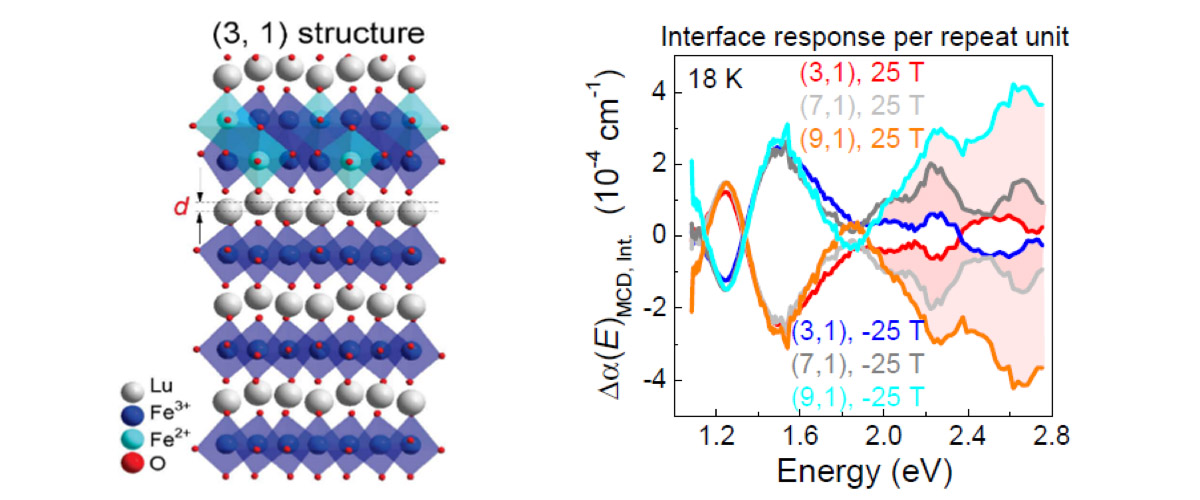
December 29, 2020
Using electric fields as a switch to control the magnetism of a material is one of the goals behind the study of multiferroics. This work explores the…
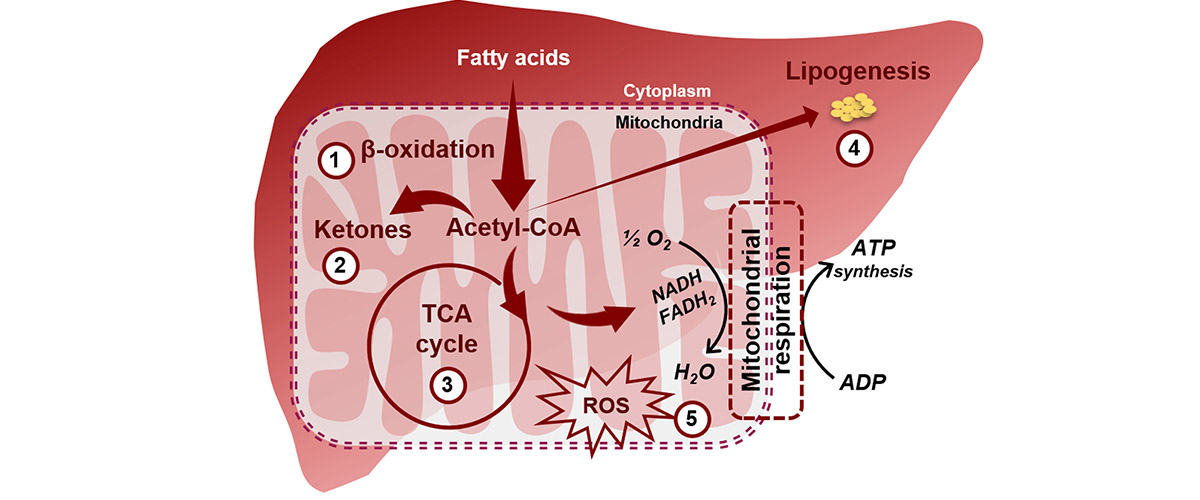
November 18, 2020
Non-alcoholic Fatty Liver Disease and its progression to more serious diseases will become the main cause for liver transplant in the next 5 years. He…
November 18, 2020
Interactions between electrons underpin some of the most interesting – and useful -- effects in materials science and condensed-matter physics. This w…
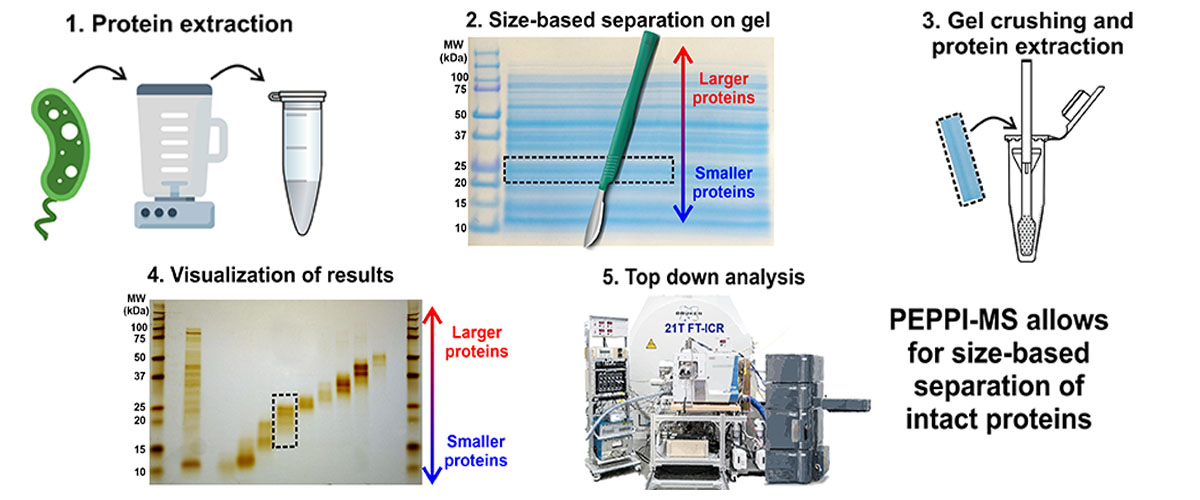
October 16, 2020
Analysis of intact proteins using mass spectrometry is a difficult task that can be simplified by prefractionation, a process in which protein mixture…
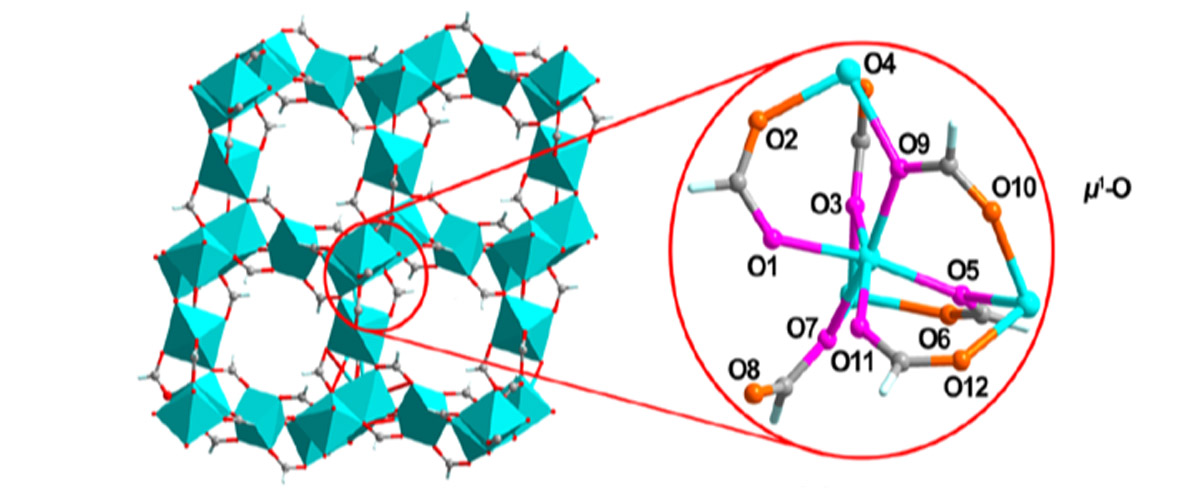
October 16, 2020
Metal-organic frameworks (MOFs) are porous materials with high surface areas that can host a variety of different guest molecules, leading to applicat…
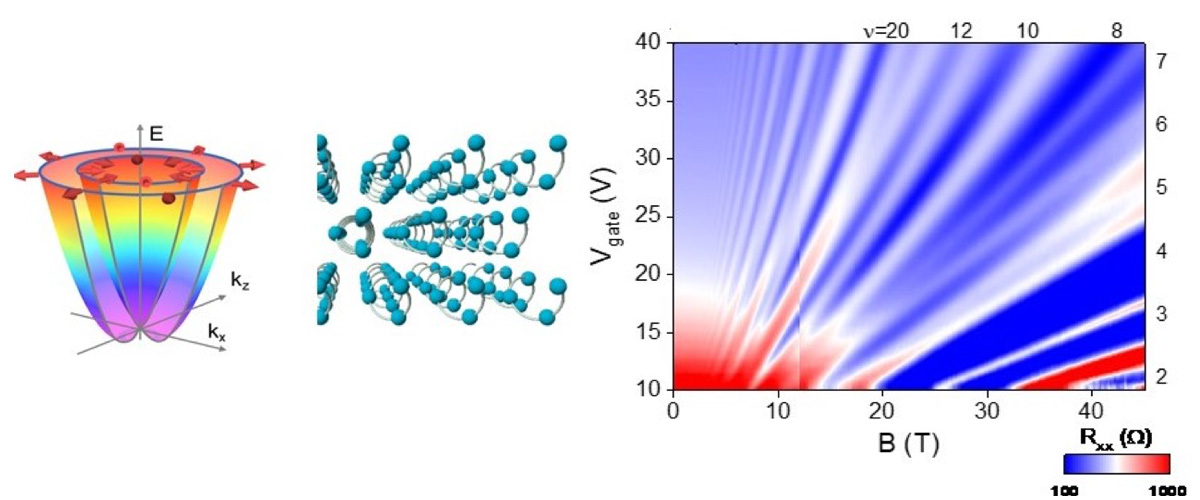
October 06, 2020
Topology, screws, spin and hedgehogs are words not normally found in the same scientific article but with the discovery of Weyl fermions in thin tellu…
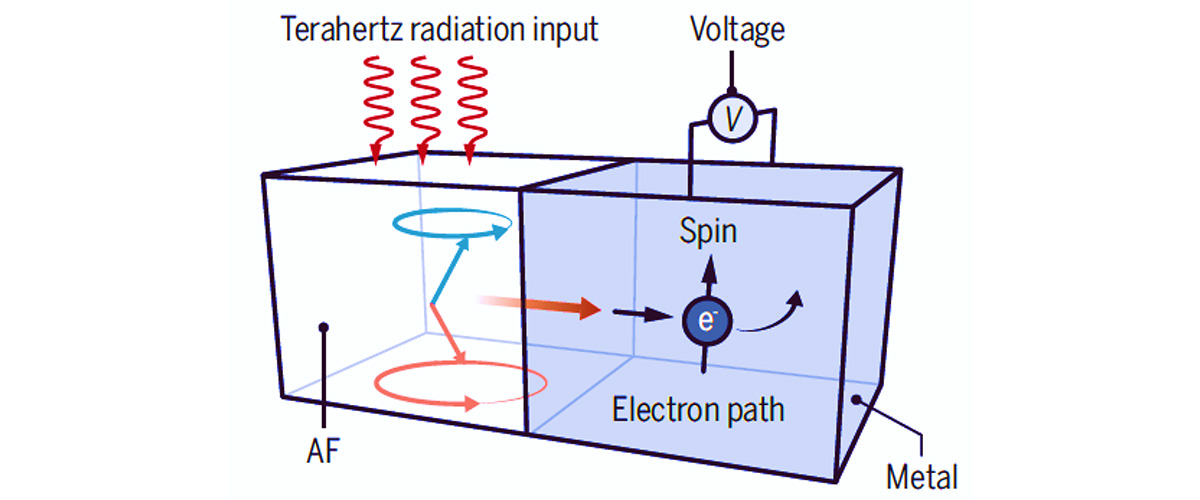
October 06, 2020
This work reports the first observation of the dynamical generation of a spin polarized current from an antiferromagnetic material into an adjacent no…

September 04, 2020
When COVID-19 eliminated the option for in-person camp experiences, the MagLab pivoted to offer a free virtual Summer Exploration Series instead.
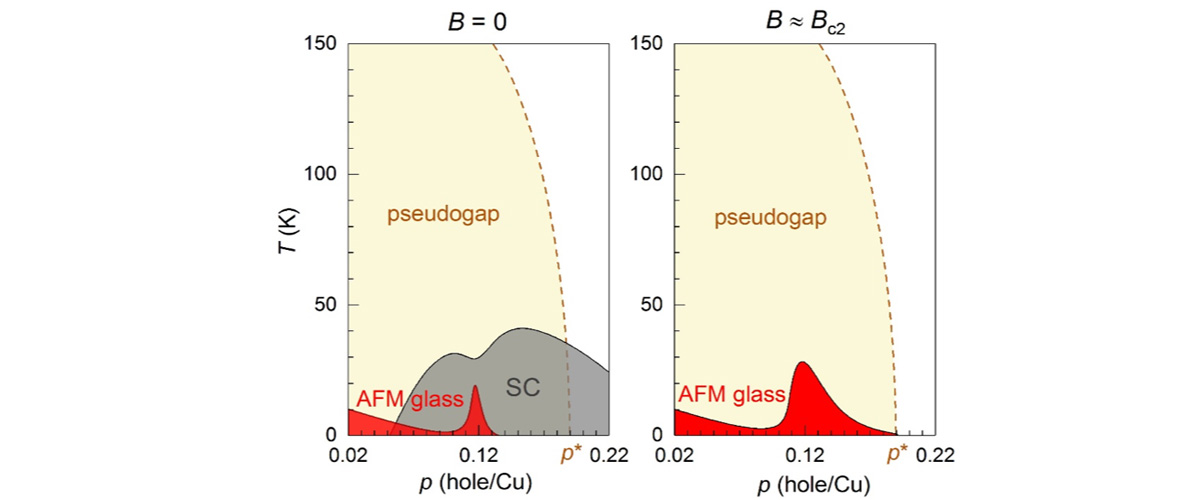
September 01, 2020
This research clarifies fundamental relationships between magnetism, superconductivity and the nature of the enigmatic “pseudogap state" in cuprate su…
![Metabolism pathways of [2H7]glucose (green stars), with red dots marking the presence of 2H, and larger dots indicating two 2H atoms. Note that HDO (gold stars) can be produced at multiple steps in the glycolytic pathway.](/media/mnyndfnd/august2020_amris_cancer_metabolism.jpg)
September 01, 2020
Magnetic resonance of cancer cell metabolism is a novel technique to discern between cancerous and normal liver cells, providing a promising approach …
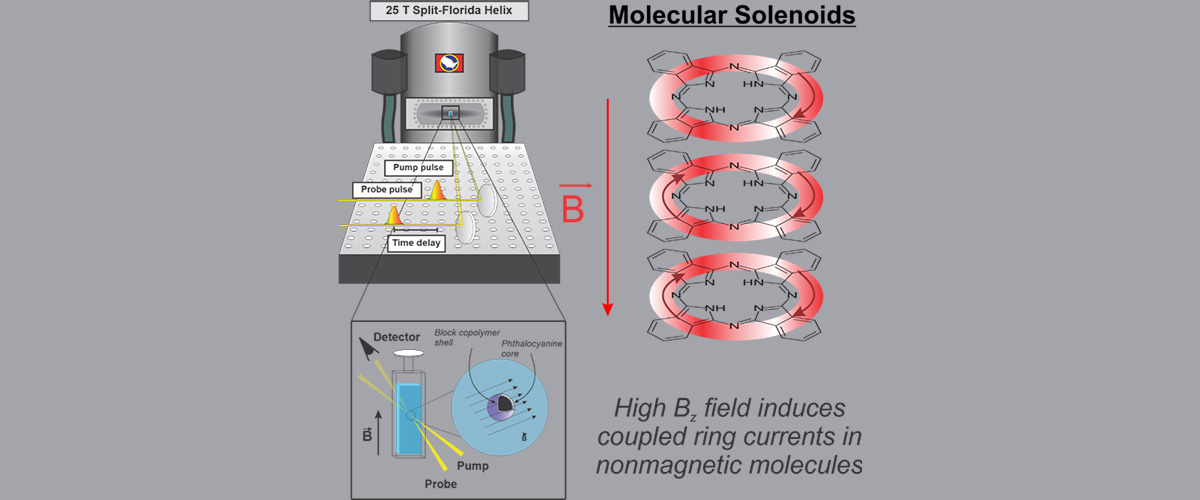
July 28, 2020
Magnetic induction is used in technology to convert an applied magnetic field into an electric current and vice versa. Nature also makes extensive use…
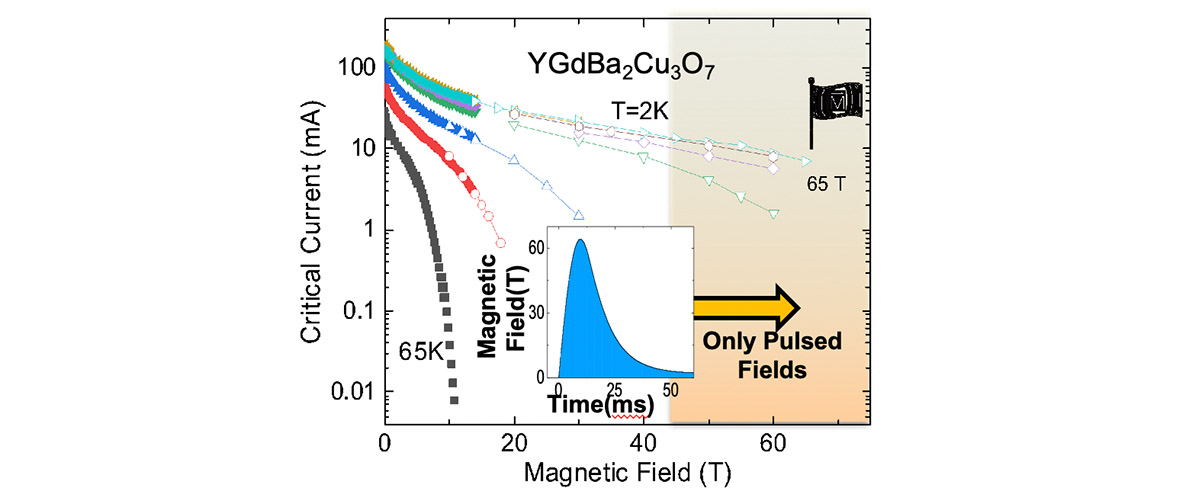
July 28, 2020
Superconductors conduct large amounts of electricity without losses. They are also used to create very large magnetic fields, for example in MRI machi…
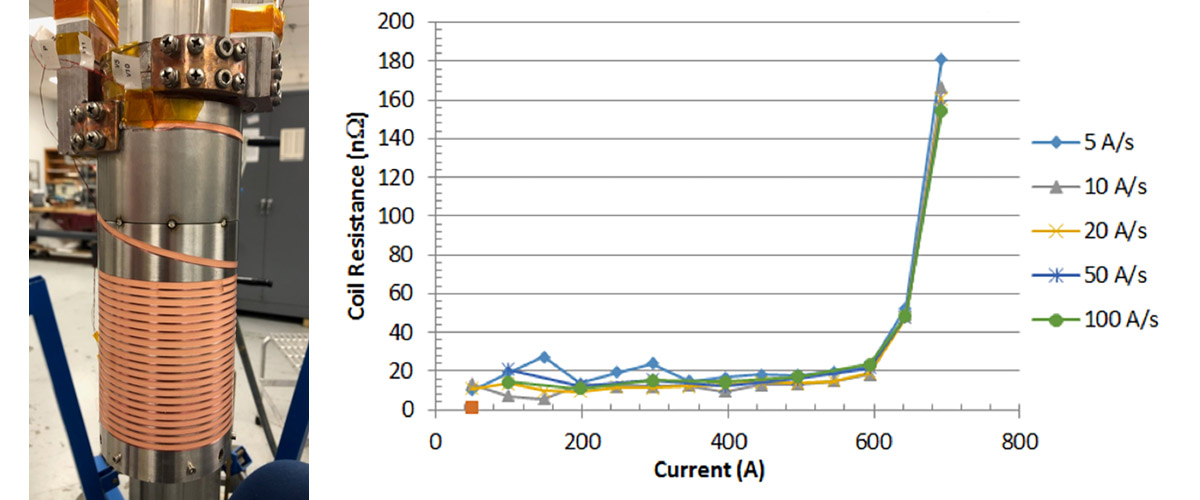
June 23, 2020
Tests of the first Integrated Coil Form test coil wound using REBCO superconducting tape show promise for use in ultra powerful magnets of the future.
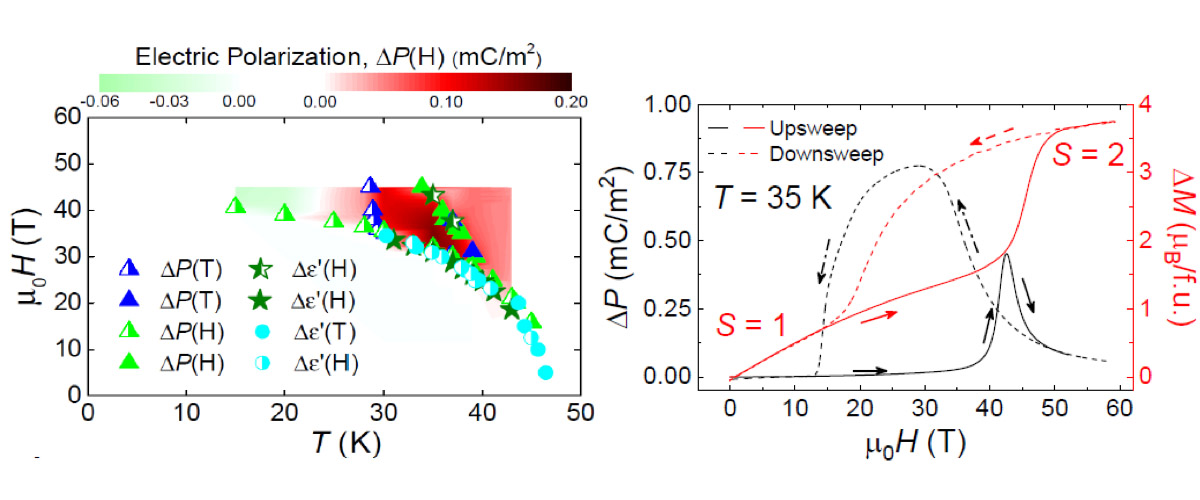
June 01, 2020
Materials with magnetoelectric coupling - a combination of magnetic and electric properties - have potential applications in low-power magnetic sensin…
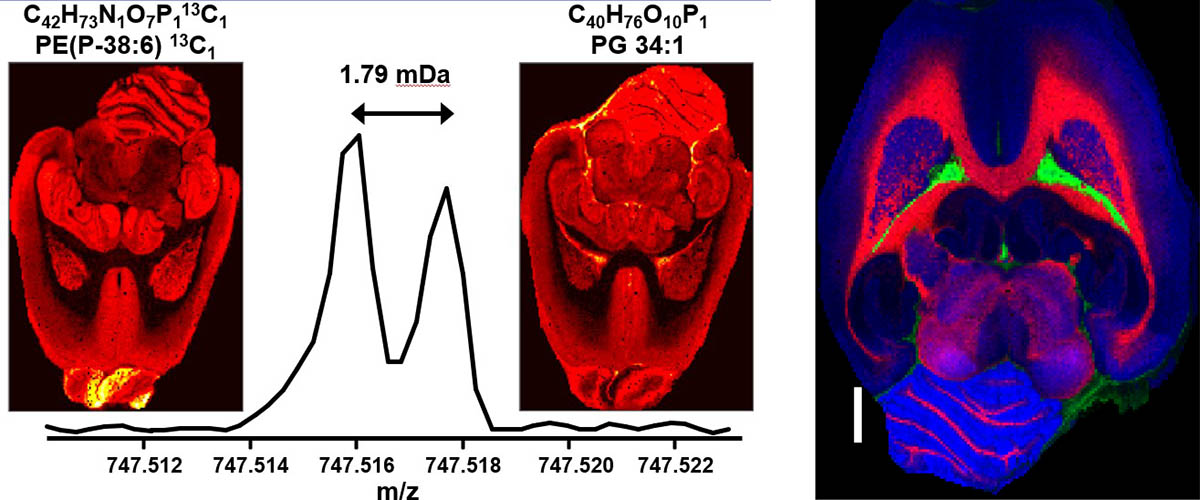
May 22, 2020
Combining spatial imaging technology with ultrahigh performance FT-ICR mass spectrometry provides users with the unique ability to create tissue image…
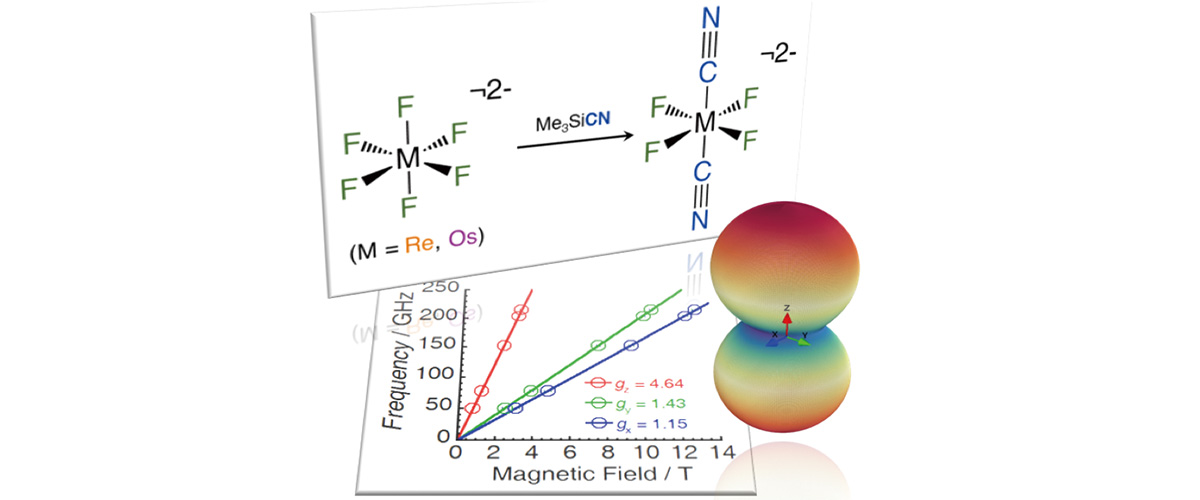
April 23, 2020
This study reports the first transition metal compounds featuring mixed fluoride–cyanide ligands. A significant enhancement of the magnetic anisotropy…
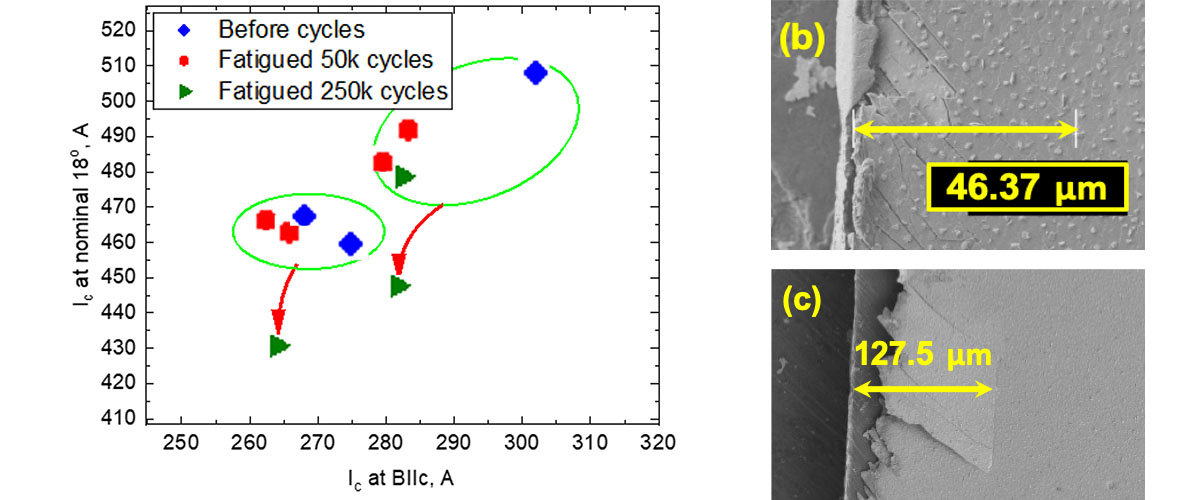
April 23, 2020
Tests of high-temperature superconducting REBCO tapes at 4.2 K showed resistance to cyclic loading, demonstrating that it is a promising material for …
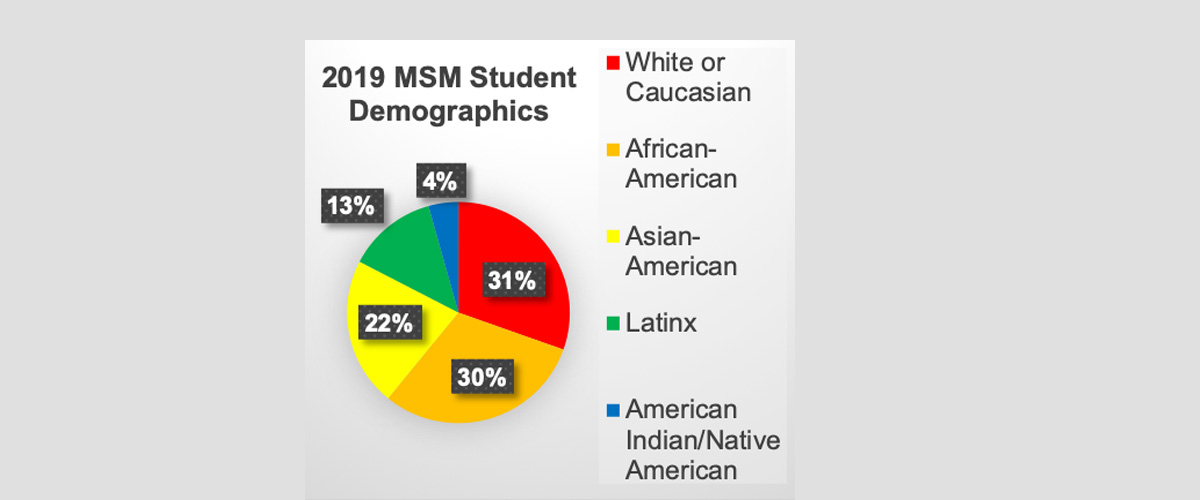
April 23, 2020
Evaluation of the middle school mentorship program shows that students who participated in this 12 week program have increased confidence and interest…
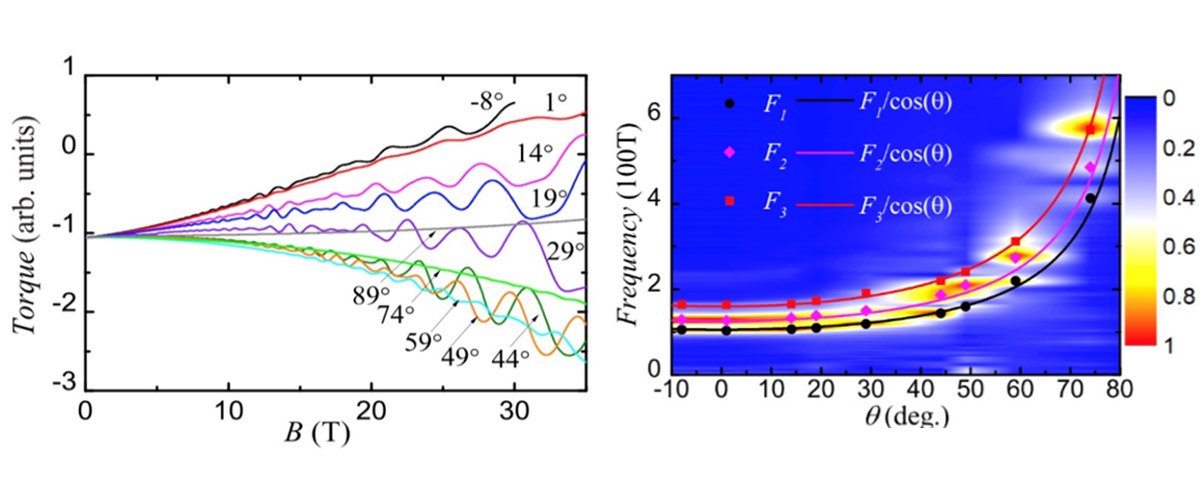
March 23, 2020
Topological semimetals are an exciting new area of research due to their number of predicted and unexpected quantum mechanical states. Understanding t…
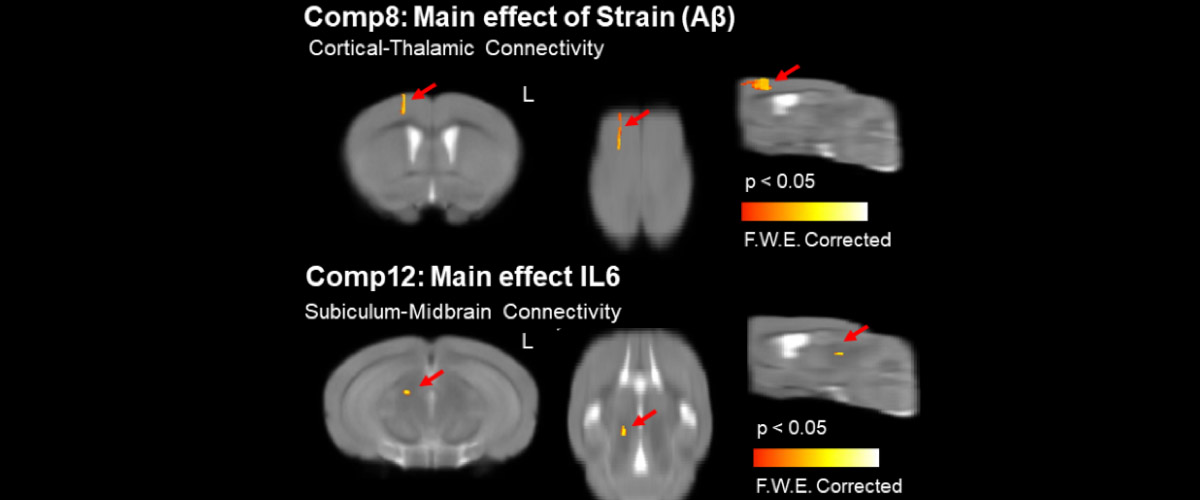
March 23, 2020
Magnetic Resonance Imaging (MRI) of mouse models for Alzheimer’s disease can be used to determine brain response to plaque deposits and inflammation t…
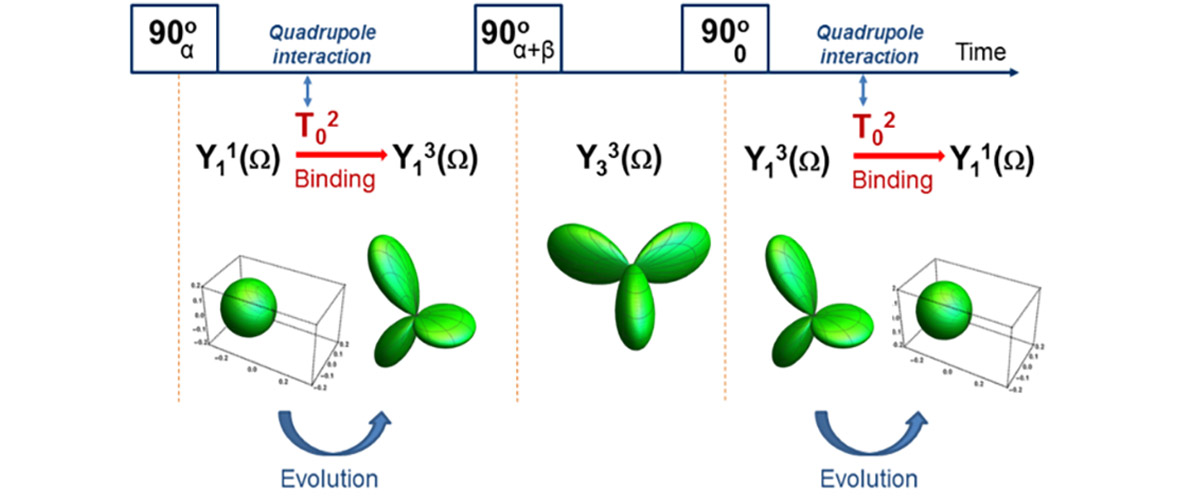
March 23, 2020
Magnetic resonance (MR) signals of sodium and potassium nuclei during ion binding are attracting increased attention as a potential biomarker of in vi…
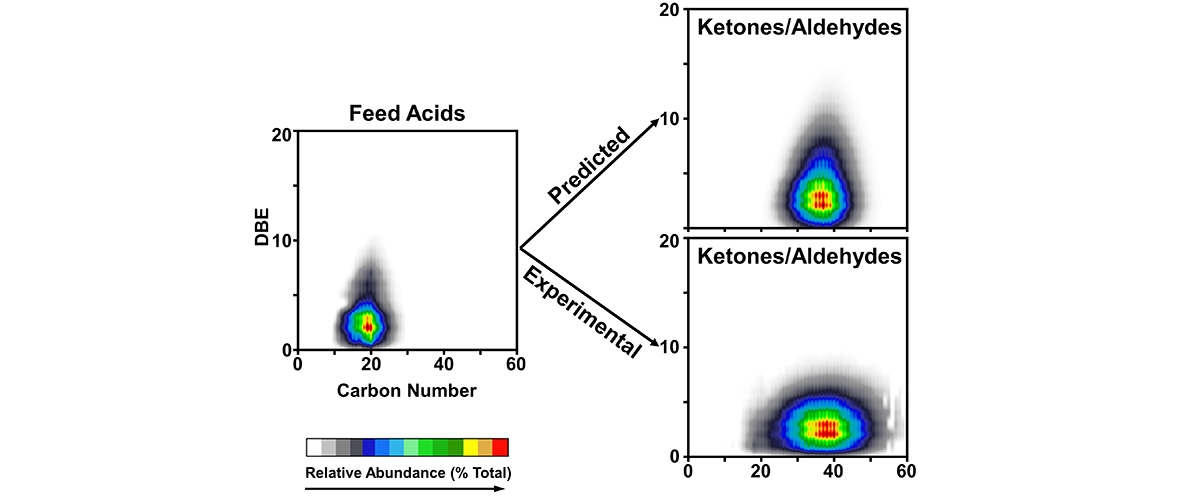
February 25, 2020
A new method to characterize crude oil corrosion shows that corrosion in acidic crude oils depends on the specific structures of the acid molecules, i…

February 25, 2020
Researchers demonstrate a new record magnetoresistance in graphene by improving the contacting method, which helps improve our understanding of the ma…
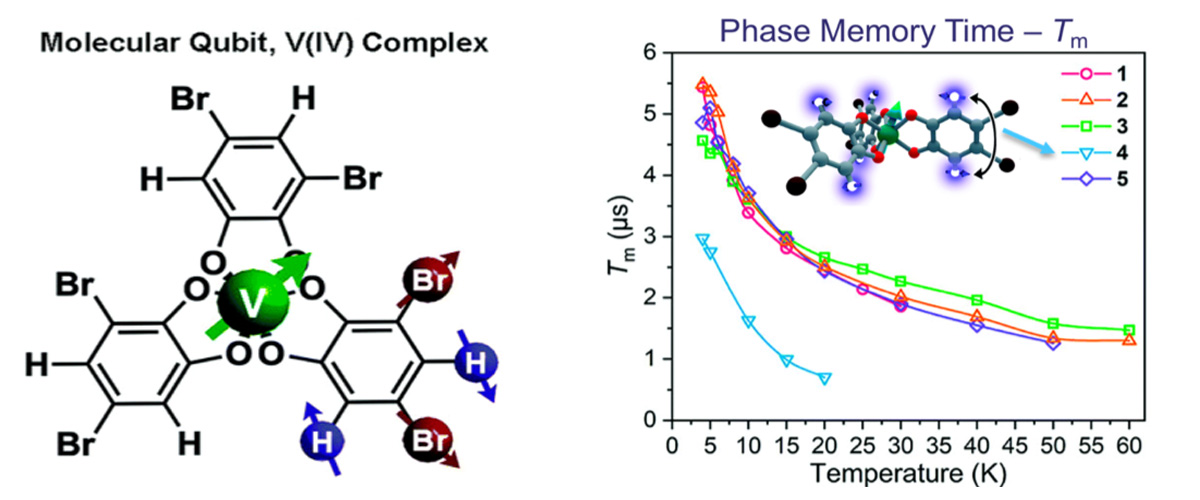
January 31, 2020
Electron spin resonance work shows how transition metal can retain quantum information, important work on the path to next-generation quantum technolo…
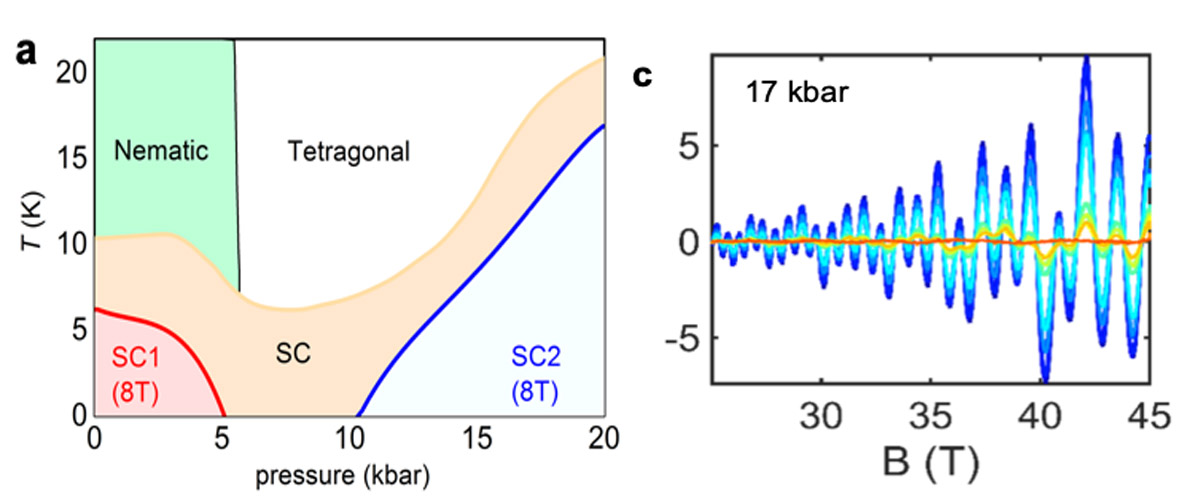
January 23, 2020
A nematic phase is where the molecular/atomic dynamics show elements of both liquids and solids, like in liquid crystal displays on digital watches or…
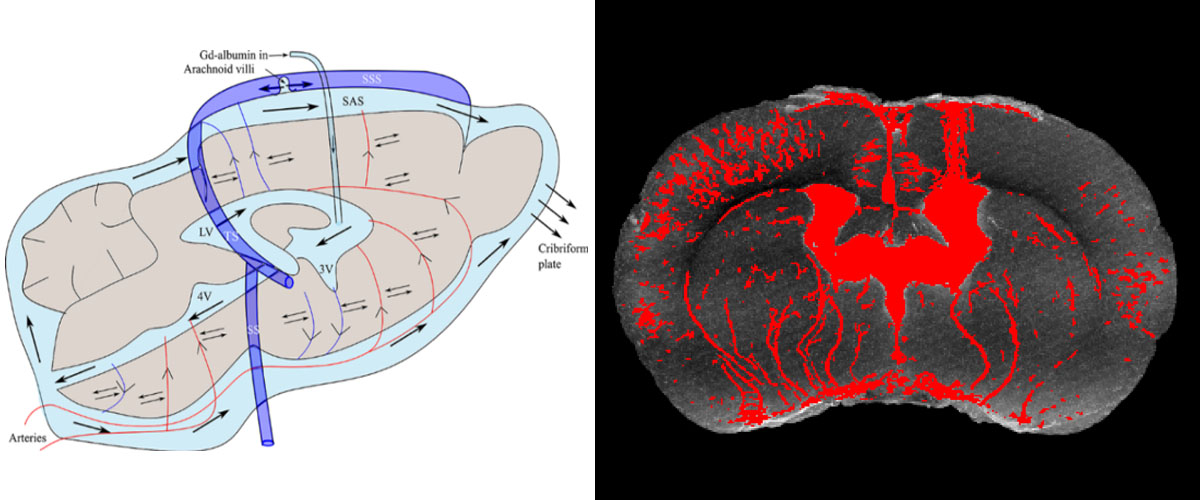
January 23, 2020
Little is known about the path of metabolic waste clearance from the brain. Here, high-field magnetic resonance images a possible pathway for metaboli…
Last modified on 09 April 2024